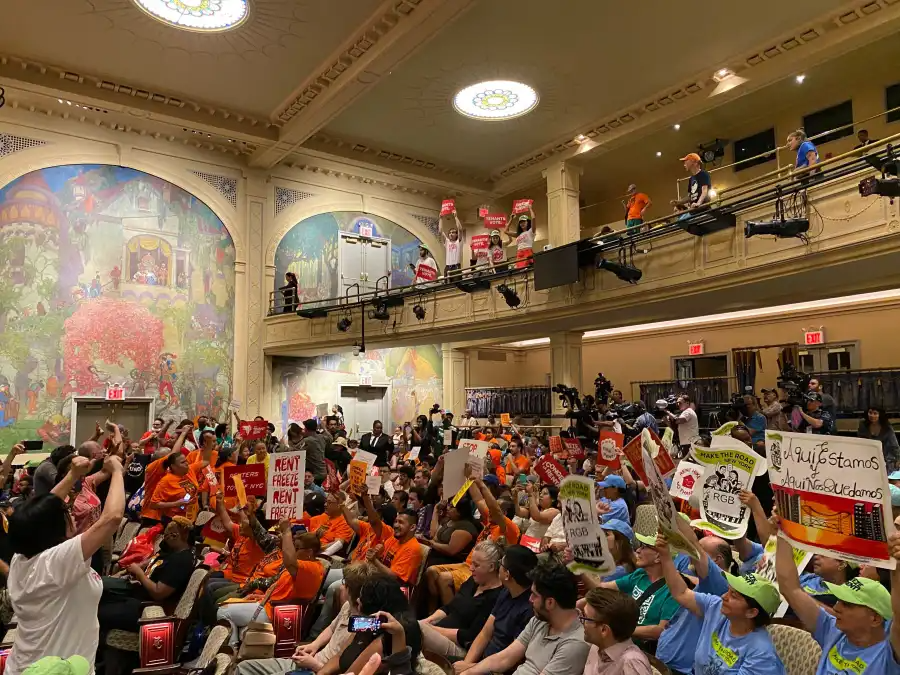Today on the Reno Blog: Leather Wallpaper?
An architect friend of ours thinks this old wallpaper from our front hall may actually be made of leather. Does this sound possible? That and more on the Renovation blog. Leather Wallpaper [Renovation Blog]


An architect friend of ours thinks this old wallpaper from our front hall may actually be made of leather. Does this sound possible? That and more on the Renovation blog.
Leather Wallpaper [Renovation Blog]





Excellent, that was really well explained and helpful
Another vote for Lincrusta, or a similar paper/cellulose-based product. Stamped leather is generally only seen in contexts that were super high-end (i.e. not the front hall of a Brooklyn brownstone.) Do some research before you attempt stripping the paint– the material beneath probably has components that are soluble in commercial paint strippers. Talk to someone who has done this before. Also, the first Old House Journal Compendium might have suggestions (out of print, but easily available on line. The newer edition doesn’t begin to compare.)
This is a bit nerdy to post, but my family visits Colonial Williamsburg (in VA – ha, ha) and in the Govenor’s Mansion the main reception room is covered in leather “wallpaper”. It was embossed in gold and the patterns in it were done by hand. So, there is such a thing and it would be nifty if you had some.
Yes this wall covering is in my neighbor’s rear parlor. I have some anaglypta in my entrance. I am guess that is Lyncrusta, thicker and softer than anaglypta. no? Maybe you can strip the paint off it. It was not meant to be painted.
Anaglypta and Lincrusta are two forms of Victorian-era embossed home wall coverings. Lincrusta is made of a linseed oil mixture and Anaglypta is made from cotton pulp. They are common in Brooklyn. They were invented by the same guy who invented linoleum.
Looks like lincrusta. If you’re keeping it and need to make repairs, it’s still available from restoration supply companies in historic patterns.
I can’t tell from this picture, but embossed and tooled leather was used as a wallcovering. It tended to be v. v. expensive, always. Dates (I think) from the late Renaissance early Baroque period in Northern Europe and Britain. I have seen it in late 19th-c. mansions in the midwest.
It looks like lincrusta (spelling?) which might be made of a dense paper-like material. However, I had mine decoratively painted to look like leather.